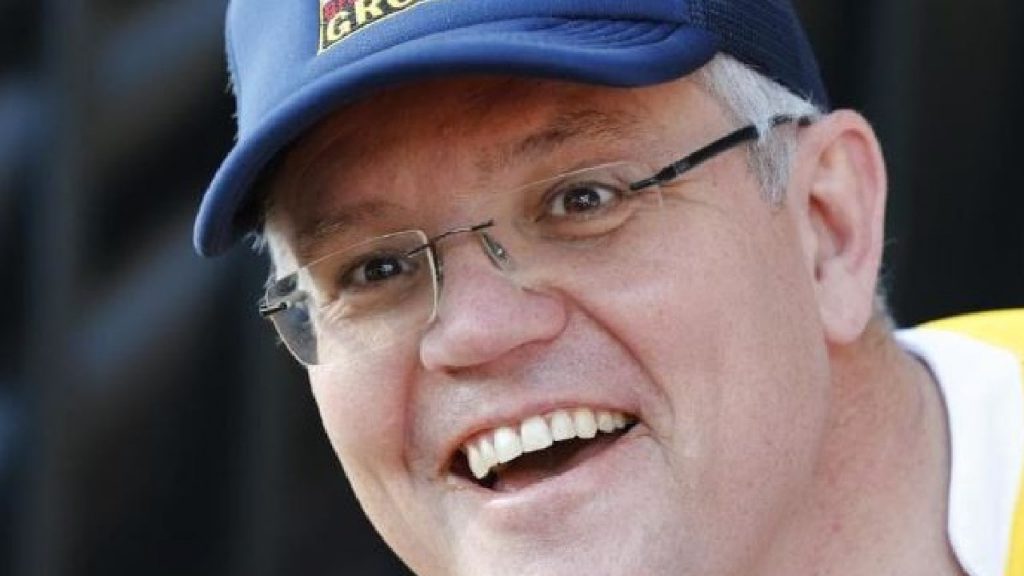
We now all know the result. The Coalition has won majority government and Labor has been sent packing.
In the betting markets 25 favourites to win the hearts and minds of their electorates were beaten, or 17 per cent of the 151 seats.
On the surface that 17 per cent figure may not look so bad. I couldn’t possibly count the number of times I’ve been at the track and seen two favourites beaten in an eight-race card.
But around two-thirds of the 151 House of Representatives’ seats are never in play and election triumph or devastation comes down to which party can win the lion’s share of a band of 40 or so marginals.
The electoral pendulum for the 2019 election showed 23 marginals held by the Coalition and 21 by Labor with another two independent seats on the knife edge. Throw in Warringah which was well outside the marginal band and there were 48 seats in play.
The betting markets had installed Labor as favourites in 37 of these 48 seats.
It gained just three, two of those notional gains by redistribution (Corangamite and Dunkley) and Gilmore. It held 15 of its own marginals for losses of Longman, Lindsay, Braddon and Herbert.
Four seats remain in doubt — Bass, Cowan, Lilley and Macquarie. Labor was the incumbent in all four, favoured to win in the markets (in the case of Lilley, the Coalition was an $11 long shot), and leads in just two.
The Coalition was favoured to win Indi, but it remained in the independent column. Dave Sharma was a short odds-on favourite to win Wentworth and did.
Zali Steggall became a short-priced favourite in Warringah by Saturday morning and duly won the seat.
Overall and counting the in-doubt seats at two apiece for Labor and the Coalition, there were 25 beaten favourites not out of 151 but more accurately, of the 48 seats up for grabs. That is the sort of strike rate that would send a punter head bowed and broke off to Gambler’s Anonymous.
The first thing to say is the agencies would have had a lovely weekend of it.
The bookies love favourites getting knocked off. Even Sportsbet which paid out on Labor in the head-to-head market on Friday would have made a significant profit.
And the punter who wagered a cool million on a Labor win almost certainly would have walked away with a tidy sum in his pocket. Anyone who bets in phone numbers would have arbitraged the odds and negated their exposure.
Why so out of step?
A relatively small investment of around $180,000 on the Coalition at or around $7.00 would have ensured a handy payday, regardless of the result.
Why were the markets so out of step with the result? Well, politics is a partisan business and the betting pools across all the betting in elections in many ways reflects a certain amount of barracking.
Take it from a long-suffering Carlton barracker. Never bet on the team where the pull of emotion overwhelms objective analysis. In these circumstances, the heart rules the head and in a game of chance that can lead to disaster. In the case of election betting markets, trends can be skewed or, as we saw on the weekend, reflect voting behaviour that exists only in the imagination of the barracker.
The head-to-head market which had Labor at $1.15 or even less is the perfect example. Bear with me because we know now the outcome but on probabilities, factoring in not just the polling but other more difficult to measure elements like who had won the campaign (Morrison flogged Shorten on the hustings and we knew that last Friday) and the benefits of incumbency, Labor should have been $1.50 with the Coalition $2.50.
Barrackers would not see it that way, but Morrison’s victory in Saturday was no long shot getting up against the odds.
The price for the Coalition — $8 on Saturday morning, closer to $7 on election eve, was the value bet. Going on what we knew before the election, one might not have felt confident about a Coalition win but that was where the value was given the expectation of a close result.
Suffice to say, seven to one for one horse in a two-horse race is always worth looking at.
I copped a right old bagging on social media for suggesting last week the betting data showed the Coalition’s chances of victory had increased, as if I had mischievously tinkered with the data. There was a trend developing, especially on individual seat markets.
Two weeks ago, the markets showed a narrow path to victory for Scott Morrison. Last week, that path had expanded. We know now that the betting markets were well behind the trend in the electorate but at least the trend was there for those who took the time to monitor market shifts.
Saturday’s result was not even close to the ultimate bookies’ doozy when Labor won the 2014 state election in South Australia and paid $15. The markets were all over the shop in the Victorian state election last November but got within a seat of the result in New South Wales earlier this year.
With all the caveats and the well understood moments when the markets have got things badly wrong, following the betting data still offers some insights that polling doesn’t. Sure, the betting markets were well out, but the aggregated polling was a long way off, too.
Then again, predicting the future is always fraught. Nostradamus died of oedema in 1566.
I bet he didn’t see that coming when his prophecies were published in 1555.
This column was first published in The Australian 22 May 2019
